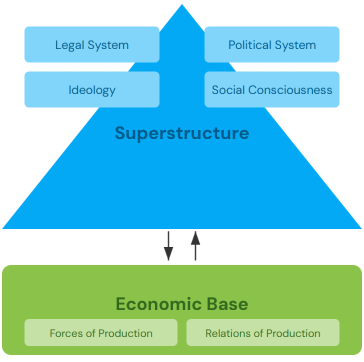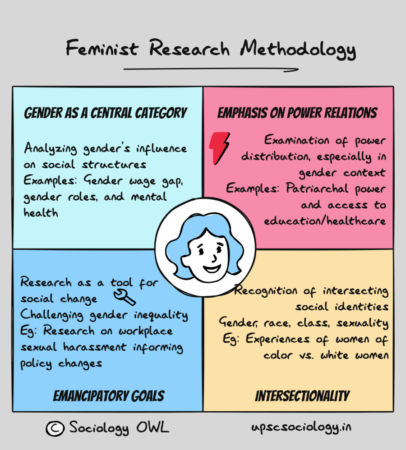How is poverty a form of social exclusion? Illustrate in this connection the different dimensions of poverty and social exclusion.
Model Answers
Q: How is poverty a form of social exclusion? Illustrate in this connection the different dimensions of poverty and social exclusion.
Question asked in UPSC Sociology 2023 Paper 1. Download our app for last 20 year question with model answers.
Model Answer:
Is poverty a form of social exclusion ?
Poverty as a form of social exclusion is a complex sociological phenomenon that goes beyond mere economic deprivation. It encompasses multiple dimensions that interlock to create barriers preventing individuals and groups from fully participating in society. Poverty acts as a powerful mechanism of exclusion by systematically denying individuals access to resources, opportunities, and social networks that are crucial for full societal integration.
Social exclusion, as conceptualized by sociologists like Anthony Giddens, refers to the ways in which individuals may become cut off from full involvement in the wider society. Poverty exemplifies this exclusion through various dimensions:
1. Economic Dimension:
– Lack of financial resources limits access to basic necessities and opportunities.
– The poor often face barriers to employment, education, and skill development.
– Example: Inability to afford proper nutrition or healthcare, leading to poor health outcomes.
2. Social Dimension:
– Poverty often leads to stigmatization and discrimination.
– Limited social networks restrict access to information and opportunities.
– Pierre Bourdieu’s concept of social capital is applicable, as the poor often lack beneficial social connections.
3. Cultural Dimension:
– Limited access to cultural resources and activities.
– Exclusion from mainstream cultural practices and norms.
– Example: Inability to participate in community events or recreational activities due to cost.
4. Political Dimension:
– Reduced political participation and representation.
– Limited voice in decision-making processes affecting their lives.
– Amartya Sen’s capability approach highlights how poverty restricts freedom and agency.
5. Spatial Dimension:
– Concentration of poverty in specific geographic areas, leading to segregation.
– Limited access to quality public services and infrastructure.
– Example: Urban slums or isolated rural communities with inadequate facilities.
These dimensions of poverty and social exclusion are interconnected and mutually reinforcing. For instance, spatial segregation can lead to reduced social networks, which in turn limits economic opportunities. This creates a cycle of exclusion that is difficult to break without targeted interventions addressing multiple dimensions simultaneously.
In conclusion, poverty as a form of social exclusion is a multifaceted issue that extends far beyond income inequality, encompassing various aspects of social, cultural, and political life. Addressing poverty effectively requires a holistic approach that recognizes and tackles these interconnected dimensions of exclusion.
More Questions:
Download our app for UPSC Sociology Optional - Syllabus, NCERT Books, IGNOU Books, Past Paper with Model Answers, Topper Notes & Answer Sheet.


